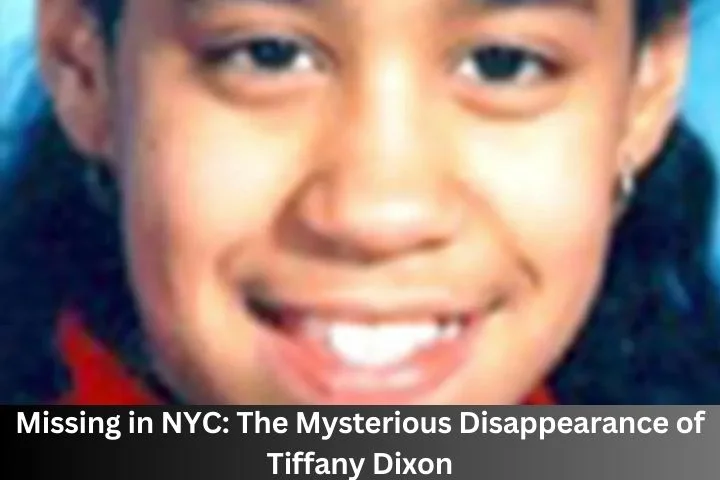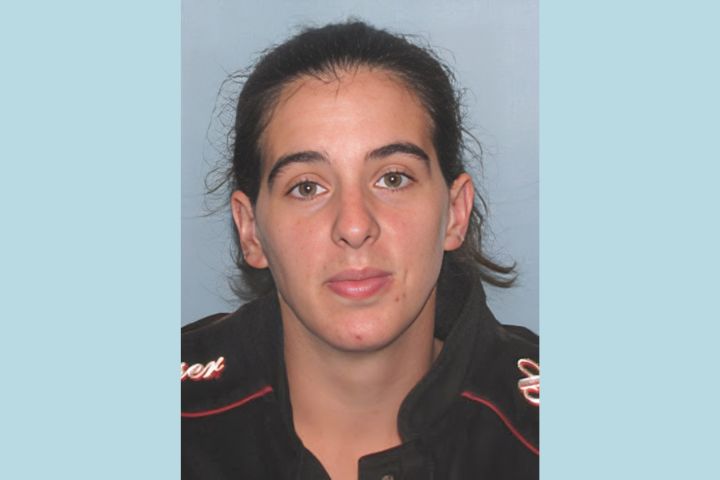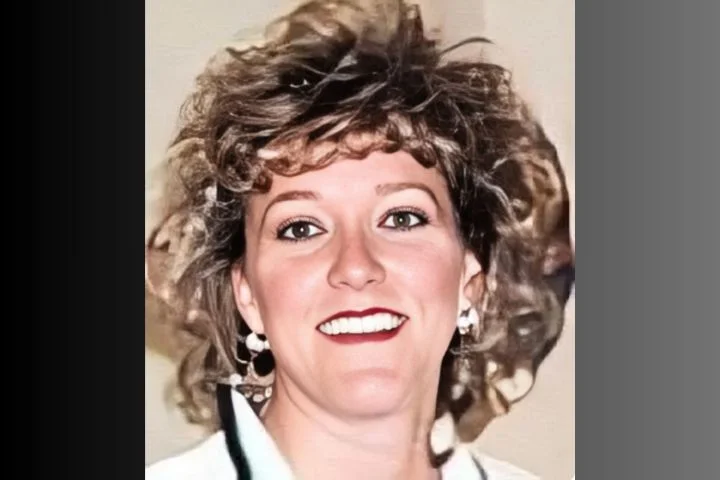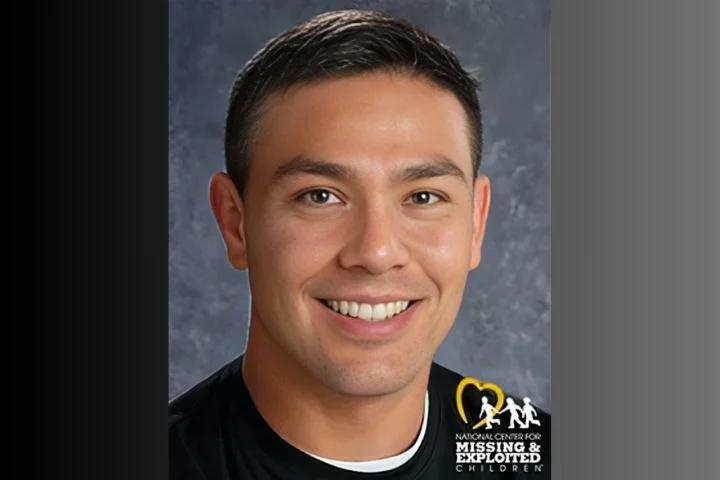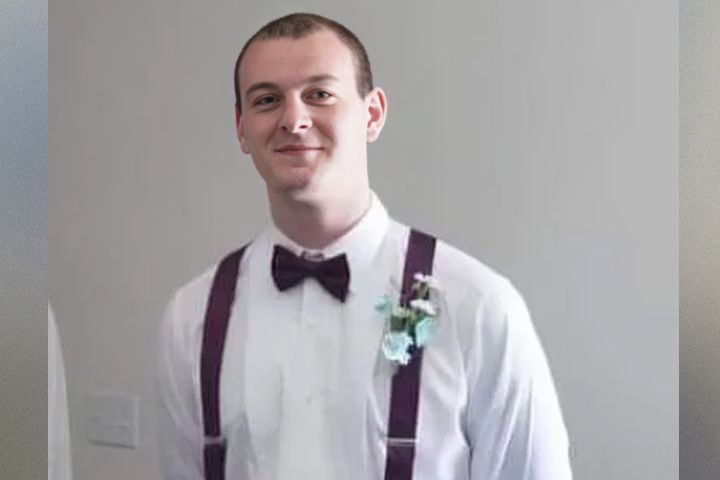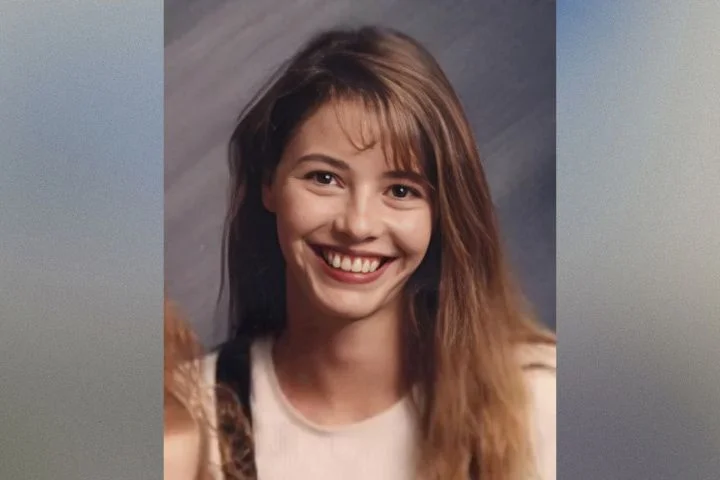Tiffany Dixon and her younger cousin, Israel Morales, left their Brooklyn, New York home around 7:00 am on Thursday, October 10, 1991. Tiffany accompanied 8-year-old Israel to a nearby bus stop, where they got on the first of two buses they would take each morning. The second bus dropped them off near Carroll Elementary School, where Israel was a third-grade student. Tiffany made sure Israel got to his classroom safely, then began walking in the direction of her junior high school, which was located four blocks away from the elementary school. The 12-year-old never made it to her school that day, and she was never seen again.
Tiffany lived with her aunt, Norma Delgado, in Brooklyn’s Bushwick neighborhood. Norma started to worry when the seventh-grader failed to come home from school Thursday afternoon; Israel was escorted home by a classmate’s parent. Her concern grew when she learned that Tiffany hadn’t attended any of her classes that day. She called the New York Police Department and reported her niece missing.
Initially, police didn’t seem too concerned about Tiffany’s disappearance. They seemed to think she was a runaway and would return home within a few days. It wasn’t until the following week that the 83rd Precinct Detective Squad issued a missing person alert with Tiffany’s description and asked the public to keep an eye out for her.
Norma told reporters that she was certain Tiffany had not run away from home. She was an excellent student who had recently been accepted into a magnet program at her junior high; she was taking high-level math and science classes and seemed to thoroughly enjoy the work. Friends described her as a “homework freak” who liked to spend much of her free time in the school’s library. She often said that she wanted to be a scientist when she was older, and her teachers believed she had the talent to do so.
Tiffany’s biological mother, Iris Franco, had been unable to take care of her after she got divorced seven years earlier; Iris had asked her sister, Norma, to take over guardianship of Tiffany. Norma, who had two children of her own, treated Tiffany as if she were her daughter. “Anybody who knows me knows I have three children. Israel, Miguel, and Tiffany. They’re her brothers.”
Tiffany had always been an extremely reliable child; she never skipped class and was always on time to pick Israel up after school each afternoon. The elementary school principal, Linda Leff, noted, “She was always very concerned about her brother. She was very responsible about him.” She got along well with her classmates and never got into any trouble at school. “She was a happy, smiling child. She never seemed to have any problems.”
Walter Sadowski, the principal of Tiffany’s junior high school, told reporters that the four-block walk between the two schools was highly-trafficked and generally considered to be quite safe. “At that time of day, the streets are filled with people walking to the F train station on Smith Street.” He couldn’t imagine how something could have happened to Tiffany without anyone seeing anything.
Tiffany’s disappearance worried parents throughout the school district. Camille Limardi, whose son was in Israel’s class, noted, “I’ve never heard of anything like this happening in this neighborhood, and I’ve been here for 39 years.” Susanne Gonsalves, who was also the mother of a third grader, told reporters, “It’s a shock, a real shock…this isn’t the kind of neighborhood where people would see something happen to a child and just let it happen.”
Tiffany’s family distributed missing person flyers throughout their Brooklyn neighborhood, but investigators received few tips in the case. On Saturday, November 2, 1991, around 150 volunteers took part in a search of the Carroll Gardens neighborhood where Tiffany was last seen. Norma, who organized the search, told reporters, “I’ve been going crazy. We’ll hand out flyers and look around empty lots. The police are doing all they can, but it’s not enough. My daughter is not home.”
New York Detective Gerald Petillo said that investigators had followed up on each tip they received, but had been unable to develop any substantial leads and had no idea what had happened to Tiffany. “We have an unexplained disappearance of a 12-year-old girl. No one saw the girl being abducted off the street.” Although they hadn’t found any evidence of foul play, Detective Petillo noted, “We still have a few more avenues we have to investigate.”
Weeks went by and Tiffany remained missing. Norma dreaded the thought of having to go through the Christmas season without Tiffany. “Last year she helped me carry the tree home and decorate.” She was praying that Tiffany would be home before the holidays. “It has been two months, but you can’t give up hope. If something bad had happened we would have known by now.”
Two months after Tiffany was last seen, her biological mother was admitted to Bellevue Hospital for the last time. She had been diagnosed with AIDS a couple of years earlier, and the disease took her life in December 1991. Norma went to visit her before she died. “The last words she said to me were, ‘Please find my daughter.’”
Shortly before she went missing, Tiffany had told Norma that she wanted a leather jacket for Christmas. “I told her I would buy her the jacket if she was a good girl, but I never had to worry about her — she was always good.” Norma bought the jacket and wrapped it up so she could put it under the Christmas tree in the hopes that Tiffany would be home to open it.
Norma’s two sons were having trouble dealing with Tiffany’s disappearance. Miguel, who was just five, missed Tiffany but didn’t fully understand the situation. “Sometimes when I am sitting here alone and thinking about her, I cry. That’s when Mikey comes up to me and hugs me and says, ‘Mommy, don’t worry. Tiffany will come home.’”
Israel seemed to be having the most difficulty adjusting to life without his older sister. “Every day she took him to school on two buses. He can’t figure out why she is not here, and at night he cries himself to sleep.” Norma noted that Tiffany had been extremely close with Israel, and she never would have willingly left him at school without anyone to escort him home.
As the holidays approached, Norma grew even more worried about Tiffany. “It is so cold out, and all she had on was a sweater. I pray for the best…I hope she comes home for Christmas.”
Tiffany didn’t make it home for Christmas that year, and the investigation into her disappearance soon went cold. Detectives were unable to find anyone who recalled seeing the 12-year-old after she dropped Israel off at his classroom and headed down the tree-lined street toward her junior high school.
Years went by, and Tiffany’s family continued to hold out hope that she would one day be returned to them. Every Christmas, Norma would hang Tiffany’s stocking up along with the ones belonging to Israel and Miguel, and each year both boys prayed that Santa would bring their older sister back to them.
In 1999, Norma told reporters that she was always careful to use the present tense when she was speaking about Tiffany. “That she’s dead — that’s not a thought I’d even entertain.”
The New York Police Department considers Tiffany to be an endangered missing person, but they still have no idea if she ran away from home or was a victim of foul play. Although the investigation into her disappearance remains open, there have been no new leads in decades and the case has been cold for almost as long as Tiffany has been missing.
Tiffany Madia Dixon was just 12 years old when she went missing from Brooklyn, New York in October 1991. She was an intelligent girl who hoped to be a scientist when she got older, and she had a very close relationship with her aunt, who she lived with, and her two younger cousins, who treated her as their sister. Tiffany has brown eyes and black hair, and at the time of her disappearance, she was 4 feet 11 inches tall and weighed 105 pounds. She was last seen wearing baggy blue pants, a white blouse, a black sweater, and black Nike sneakers. If you have any information about Tiffany, please contact the New York Police Department at 646–610–6914.
